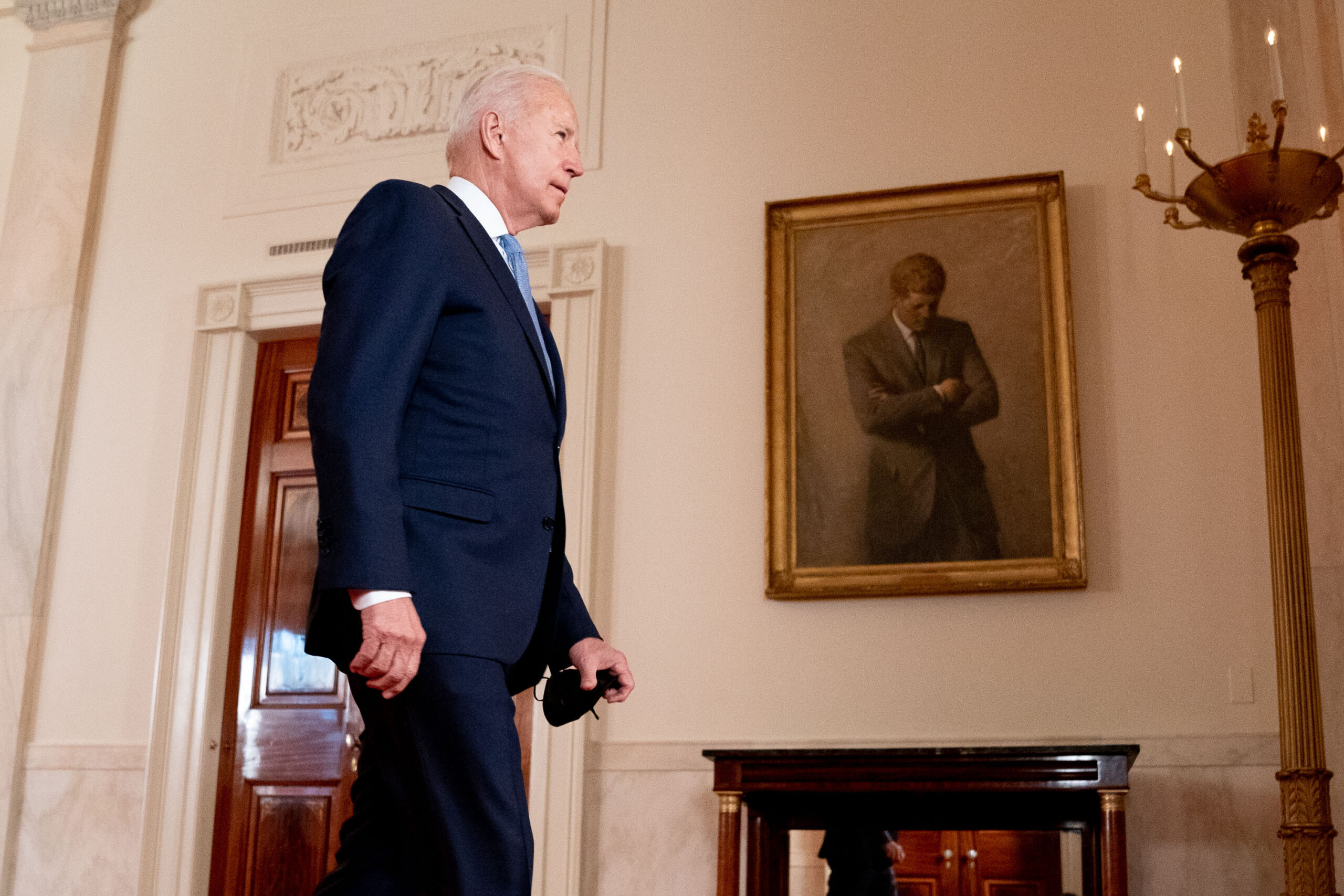Joe Biden and Illusions of ‘Normalcy’
In a provocative recent essay in the New York Times, the political historian Jon Grinspan places the distemper currently afflicting American politics in a broader context. In essence, he contends that we’ve been here before.
Grinspan describes the period from the 1860s to 1900 as an “age of acrimony,” with the nation as a whole “embroiled in a generation-long, culturewide war over democracy.” Today, we find ourselves well into round two of that very war. But Grinspan urges his fellow citizens not to give up hope. A return to normalcy — boring perhaps, but tolerable — might well be right around the corner.
Mark me down as skeptical.
Party politics during the decades following the Civil War were notably raucous and contentious, Grinspan writes, with Election Day turnout “higher than in any other period in American history.” Yet, despite all the commotion, not a lot got done. “The more demands Americans put on their democracy, the less they got.”
Then sometime around the turn of the twentieth century, “Americans decided to simmer down.” Popular interest in national politics declined. So, too, did voter turnout. Rather than a participatory sport, politics became something like an insiders’ game. Yet “American lives improved more in this period than in any other,” he contends. What many today remember, fondly or not, as “normal politics,” dominated by once prominent but now forgotten white male pols, prevailed. Making this possible, according to Grinspan, was “the unusually calmed twentieth century.”
By what standard does the twentieth century qualify as unusually calm? Grinspan doesn’t say. Given that it encompassed two horrific world wars, the Great Depression, a Cold War, at least one brush with Armageddon, multiple genocides, the collapse of several empires, and the rise and fall of various revolutionary ideologies, calm hardly seems an appropriate description.
Read the full article on TomDispatch.
